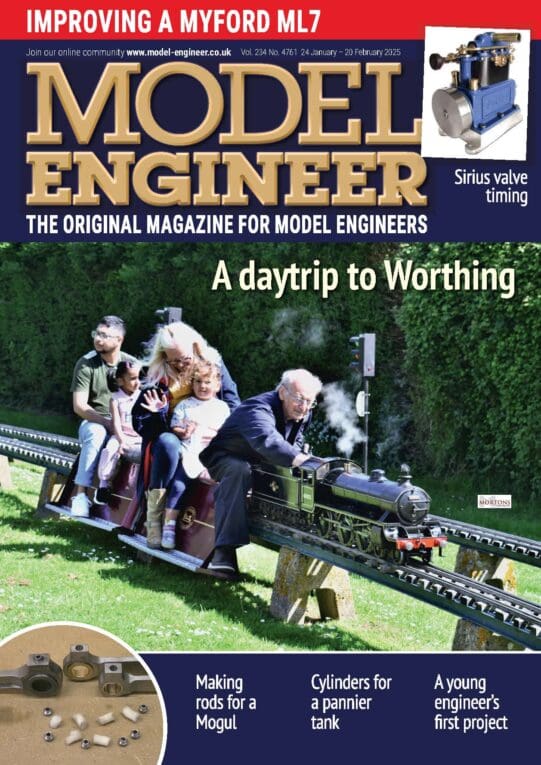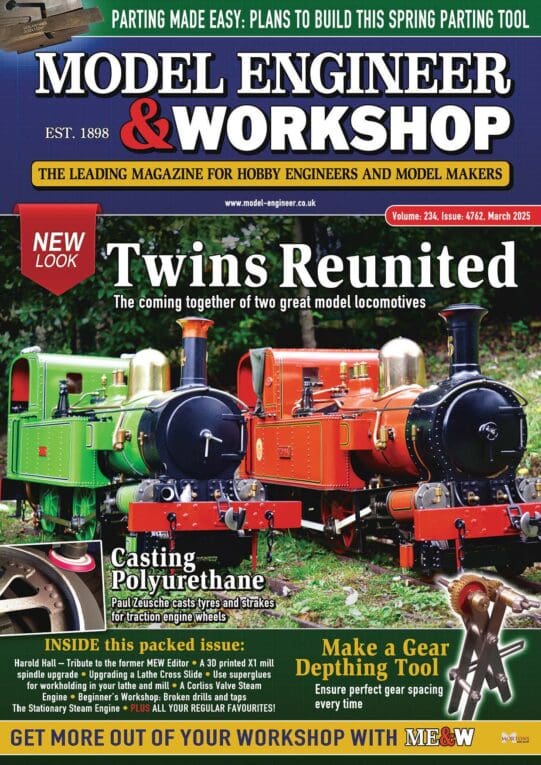Hi All,
Have had the same kind of fun with the imported metal cutting bandsaws, it’s reassuring that others have problems too!. We have one at work which has cut tons of MS, it certainly works best with bimetal blades. After ten years the driven wheel has developed a rounded edge so the blade does slip off- time for a new one!
Be careful with the guides, the two ball races each side of the cutting region have to twist the blade to the vertical so they need a larger gap than you might think, the race positioning is via eccentric mounting bolts. If the races are too tight the blade will heat up and can jam then subsequently have a twisted backing. Badly worn bearings, too heavy down pressure, blunt blades and swarf can also cause jams. (This can also jam a conventional bandsaw and twist the blade back). One sign of twisted blades is a new clonking sound when the machine runs. Badly distorted blades then slip off the drive wheel.
When you get the saw it will normally cut vertically downwards however if it is Wednesday or you have changed the blade or fiddled with the races you will probably get a slanting cut showing that the twist is escaping past the races.
We use a scrap of 2×2 wood and try to get the blade cutting vertically at each side of the cut. It really is a matter of relaxing and making small adjustments until you hit the sweet spot. You can try using a straight edge held against the blade and adjusting for vertical with a stationary blade to get into the ball park then fine tune with the blade actually cutting.( Adjustments with the saw OFF please!).
Taking off the tension is a kindness to the rubber tyres that are fitted to the drive and idler wheels on good bandsaws, If you don’t take the tension off then there is a risk of flats forming on the tyres. Some very nice machines have an over centre roller and lever so that you can “Knock off” the tension on the blade when you are finished.
Regards Alan.
Billy Mills.


 regards billy
regards billy



